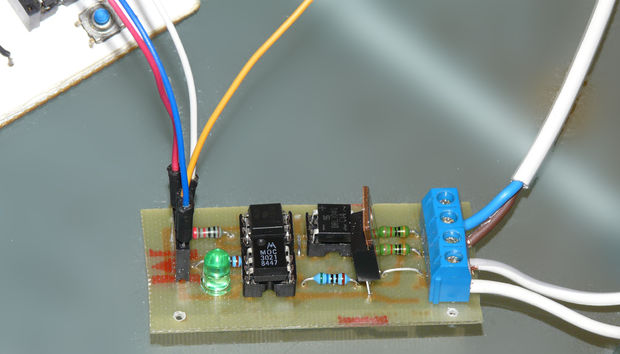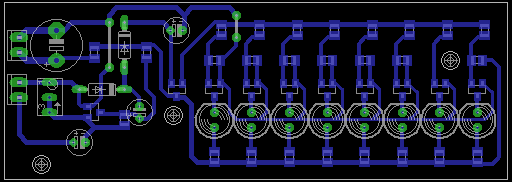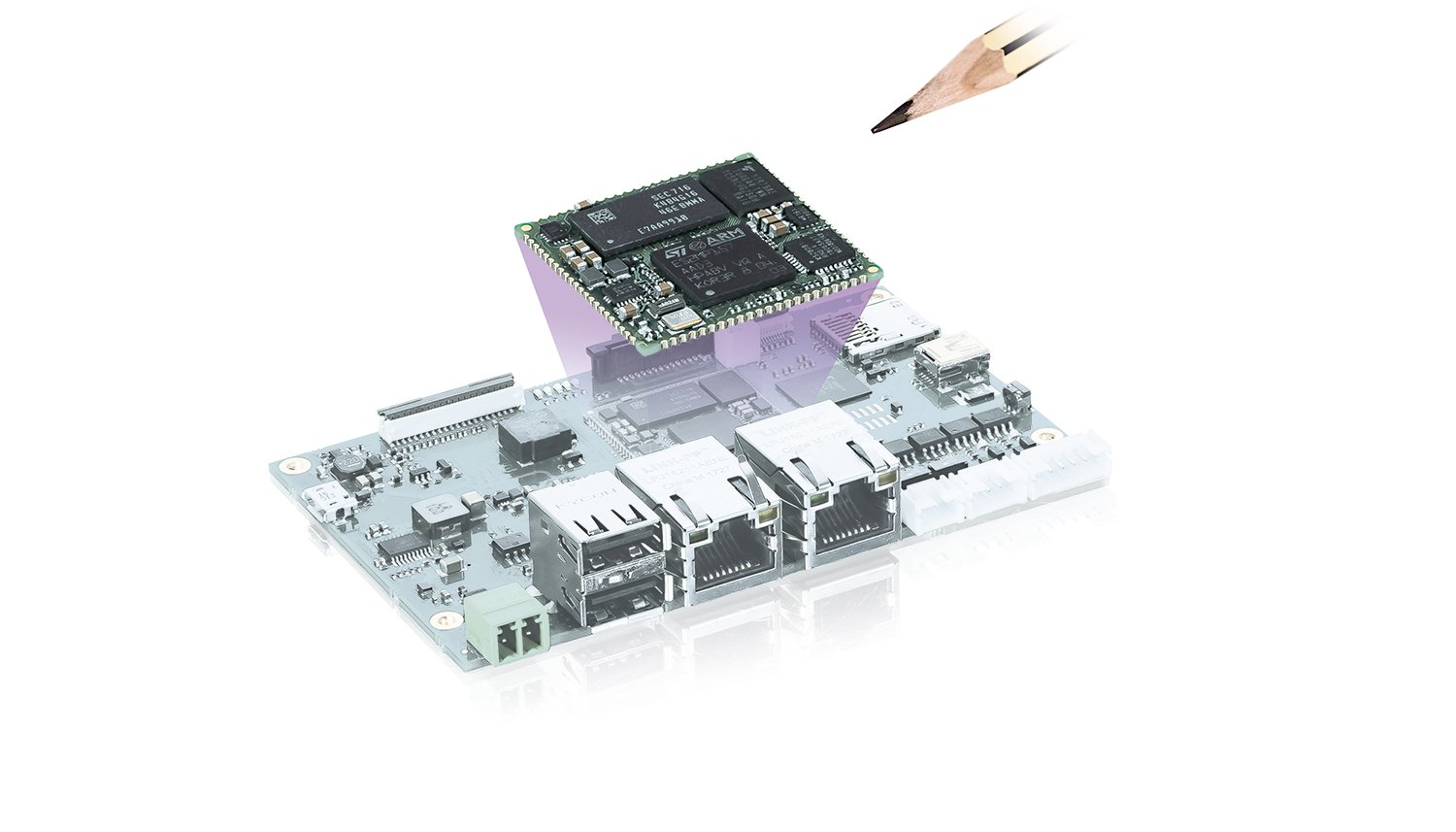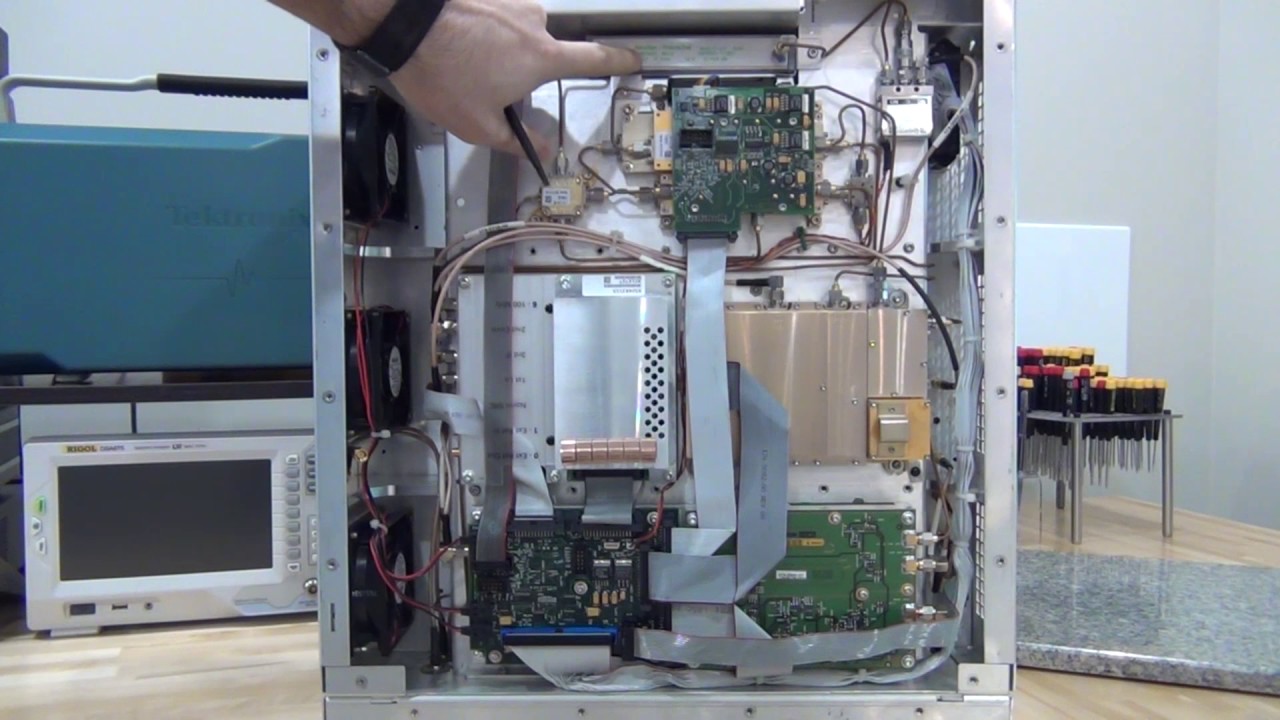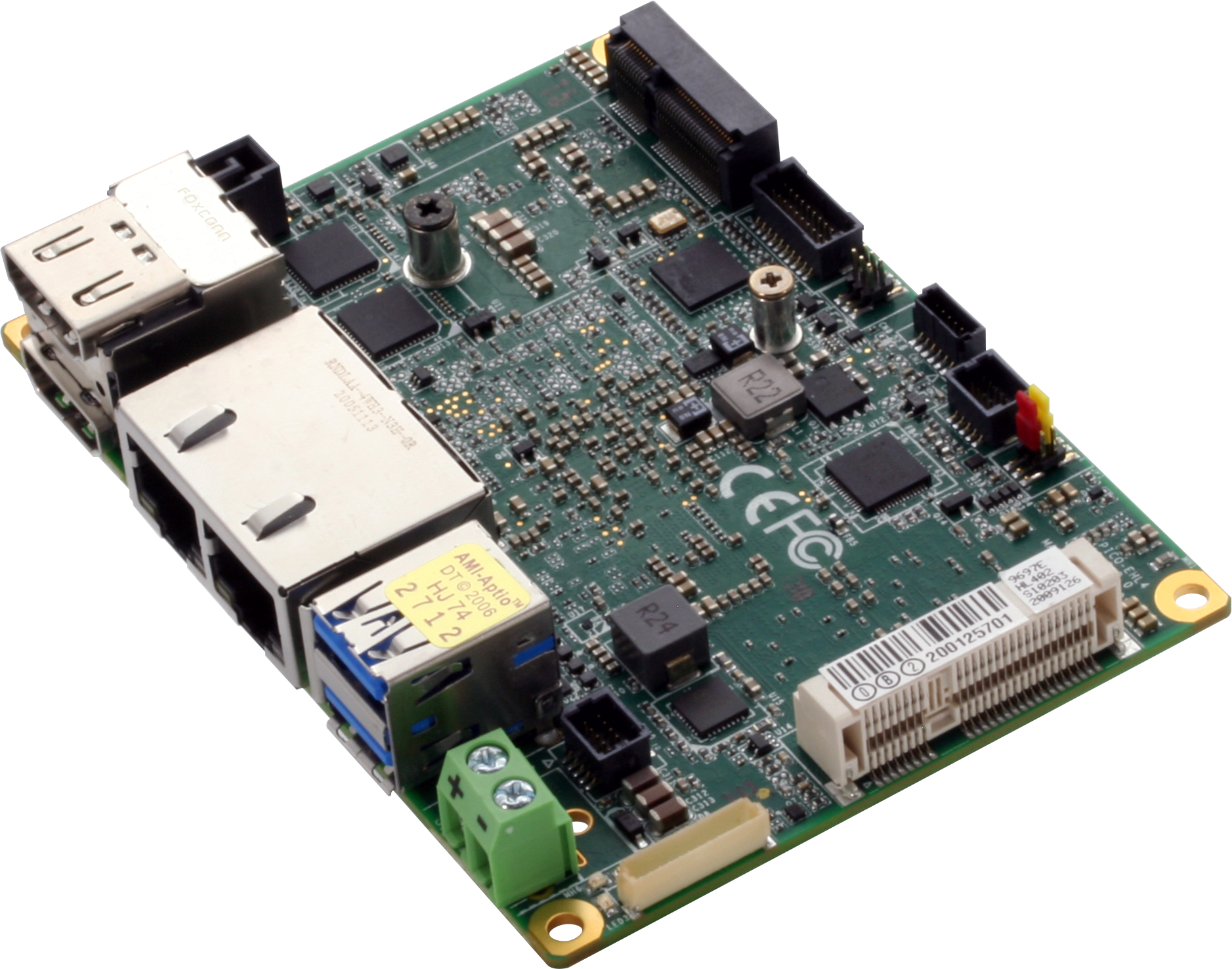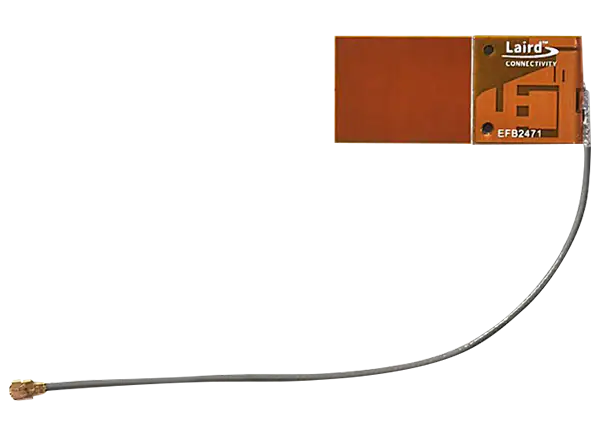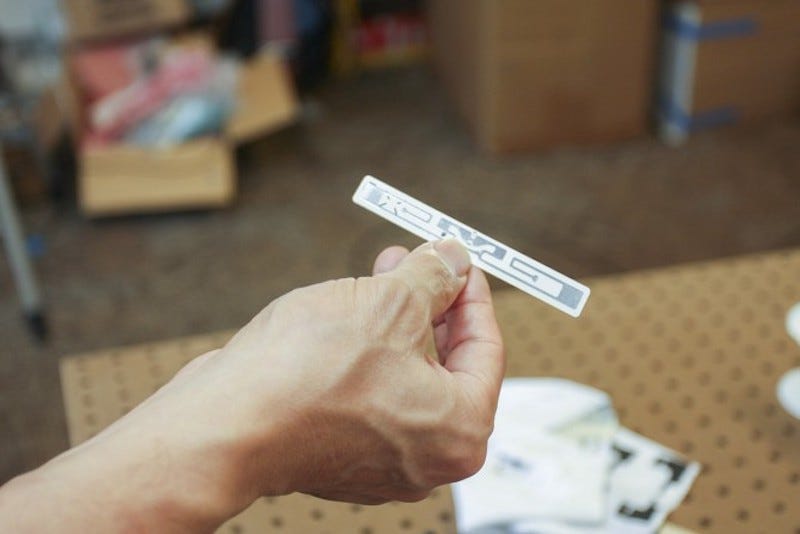
Engineers at Cornell university have created a new system for measuring vitals, which could revolutionize hospital experience for everybody. Usually, getting sick means having to go to the hospital which because of today´s procedures takes almost all your day (if not more), and most of the time is spent in waiting rooms. What if you could be “attended” while still in the waiting room? Because of RFID technology this is now possible with a device that can measure your vitals while you wait.
RFID (short for radio frequency identification) uses electromagnetic fields to track and identify tags attached to objects. Passive tags collect energy from a nearby RFID reader (they don’t require a battery) and can operate several meters away. The signal from the reader induces a small electric current enough to operate the CMOS of the tag.
This new system uses cheap sensor that don’t require their own power supplies, while the reader powers them and gathers data wirelessly. These tags are applied to the skin, and using radio waves they can measure blood pressure, breath rate, heart rate etc. The reader can gather data from hundreds of these tags at the same time, and they are cheap to produce. Nowadays, the price of the tags depends on memory, type of packaging and the volume of tags requested, but passive tags cost around 7 to 15 U.S cents.
As a result, not only waiting times could be shortened, but the work of many doctors and nurses could be lightened. Currently, monitoring vitals takes a lot of equipment which is expensive and big. With this new technology, big and not practical equipment will be no longer needed, and the work done by many devices will be done by a small sticker with the size of a finger or smaller.
In the beginning RFID had security issues because anyone could access the information on the tags, but nowadays security protocols have been implemented to encrypt and protect users data. This makes this device not only practical and affordable, but also safe and private.




